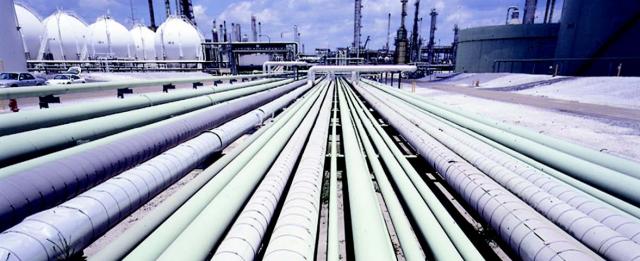Experts brainstorm on improving LPG supply
![]()
![]()
![]()
![]()
![]()
![]()


There is no doubt that Nigeria falls far below the expected annual utilisation of liquefied petroleum gas (LPG) vis-a-vis its consumption of 150, 000 metric tonnes per annum and the impressive 160 million people population. With its huge population the country could consume 3.5 million metric tonnes if LPG was its major fuel for cooking but a reliable data shows that Nigeria recorded about 39percent growth in domestic consumption of LPG between 2005 and 2012, indicating a very slow growth over the years notwithstanding the intervention of government through NLNG. For instance, reports say Nigerians consumed about 150,000 metric tonnes in 2012 which a huge gap from the annual consumption of 3.5 metric tonnes. While Nigeria’s per capital consumption of LPG stands at 0.9kg, Senegal’s LPG annual per capital consumption is 13kg with its 12.77 million which far above West African annual per capital LPG consumption of 3.4kg. Worried by this development, stakeholders in the petroleum industry recently brainstormed to find ways of tapping into huge resource, a meeting which threw up a lot issues militating against the development of LPG market in the country. For instance, some of the high points of the deliberations point to the fact that government policies such as VAT on domestic LPG, Duties and tariffs on LPG equipment, subsidy of Kerosene have not changed over the years for the promotion of wide usage of domestic LPG in the country. More so, massive inadequate LPG equipment such as cylinders, hoses, regulators, stoves for the end users is also found to be persistent in Nigeria. The cumbersome access to long-term funds for the LPG projects as well as lack of inland storage terminals and substandard equipment are also persistent issues that have made the growth of the sector slow. For instance, presently, there are less than 1.5 million LPG cylinders in the country and about 30percent of the cylinders, experts say, should have been scrapped. “Most of the cylinders in circulation are either, old, expired or substandard” said Mr. Obira Manafa, Head of Department, Metrology and instrumentation, Standards organisation of Nigeria (SON). He said that already SON has developed standards for requalification of cylinders and establishment of refurbishing centers to ensure that only good and quality cylinders are used in the country. Manafa disclosed that SON is currently collaborating with relevant stakeholders on the establishment of cylinder test centers at LPG filling plants across the country. According to Manafa, all importers of LPG cylinders must have approval from SON to ensure that the cylinders conform with NIS: 69 2013, adding that all cylinders must be re-qualified every five years while all cylinders would have only 15 years life span from the date of production. He disclosed that a joint SON/ NALPGAM committee had been set up to work out modalities of withdrawing expired and substandard cylinders from circulation. But, a member of Nigeria liquefied Petroleum Gas Association, who spoke on condition of anonymity warned that the immediate withdrawal of old cylinders may be counterproductive especially at this time, when Nigeria is desirous of growing its LPG domestic usage. He argued that there are few cylinders in circulation and clamping down on the users of old cylinders with the aim of mopping up the bad and substandard ones may discourage wider usage by the masses who may fear that their cylinders could be seized any time by the authorities. An argument Manafa punctured, saying that rather create apathy among users the exercise will further increase confidence in the minds of people on safety. Analysts have listed the odds militating against the development of the LPG market in the country to include the fact that the average cost of a start up pack for LPG for potential users is 83% higher than staring with Kerosene stove for cooking. They also argue that there are few basic distribution facilities that could help in the equalization of LPG cost per kg to end users in various regions of the country. This school of thought also believe that fabrication equipment in Nigeria is very expensive due to lack of stable power and high cost of raw materials, labour and generating power for production while the duties and tariff on imported equipment is very high (20% to30%). The President of Nigeria LPGAS Association and the managing director of Strategic Energy Limited, Mr. Dayo Adeshina, blamed the woes of the sector on the government which he accused of promoting other fuels to the detriment of LPG. |


